Early on in the game’s lifespan, Command and Conquer (commonly shorthanded as C&C or CNC) was one of the most powerful cards in the game – as well as one that commanded a high price on the secondary market. At one point, the cheapest version of the card was worth more than $100.00 USD! When the topic arises, Command and Conquer regularly tops the list of most desirable reprint.

But times have changed. C&C is no longer the powerhouse that it once was; and while some decks still field it, it’s nowhere near as “mandatory” as things once seemed. To illustrate the point, half of the Top Eight at Pro Tour: Lille did not run the card at all!
This article aims to review what made C&C so good, why it’s falling out of favor a bit, and what the future may look like.
The Rise
Command and Conquer released in the Arcane Rising set and quickly became a premier card. At six attack and three block for a two-cost generic red, this card was available to all characters. Its stats alone were already “on curve”, but beyond that, C&C also featured two strong abilities that have great synergy with one another.
- First, defense reactions cannot be played against it.
- Second, it destroys any cards that may be in the opponent’s arsenal on hit.
Since putting defense reactions in arsenal is a common tactic, this card could pose a major threat, preventing the opponent from playing the defense reaction while also threatening to destroy it if they cannot stop the attack with other cards.
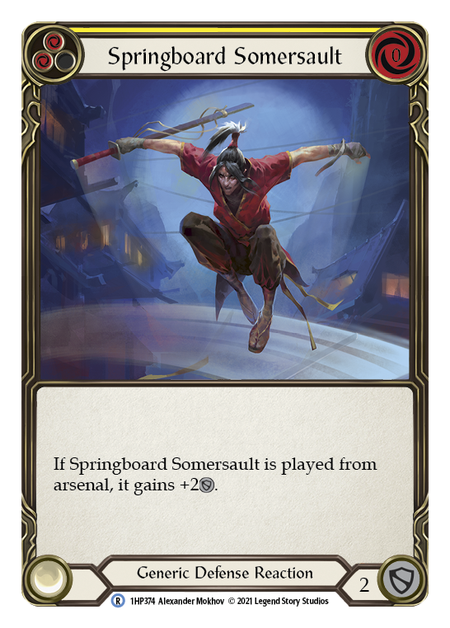
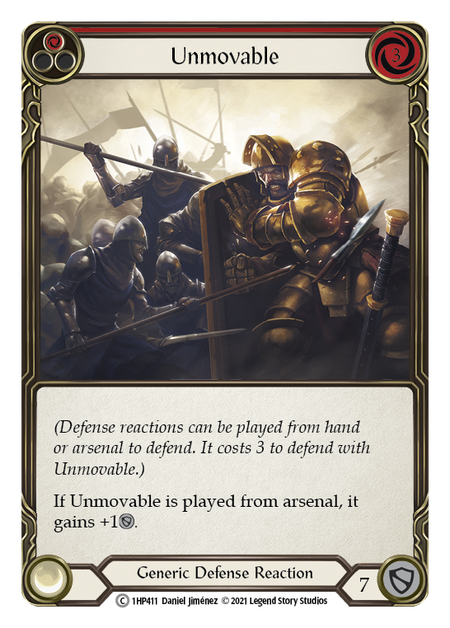
Further, C&C has great synergy with Pummel. If an opponent blocked the standard damage and you used Pummel to sneak damage over the top, they wouldn’t have an opportunity to use a defense reaction to counter your Pummel and would often be forced to take damage – losing both their arsenal card and a remaining card from hand!

Some heroes were able to make Command and Conquer substantially more dangerous by using other attacks first via go again. For instance, Dorinthea Ironsong could threaten a Dawnblade swing with Spoils of War – if the opponent allowed the Dawnblade attack to hit, she could follow up with another Dawnblade swing, while if the opponent blocked the Dawnblade out, she could potentially follow up with Command and Conquer, hopefully catching them without much left to defend against it.
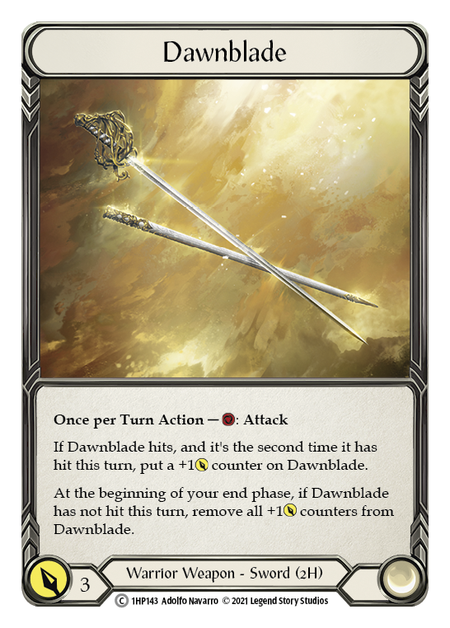
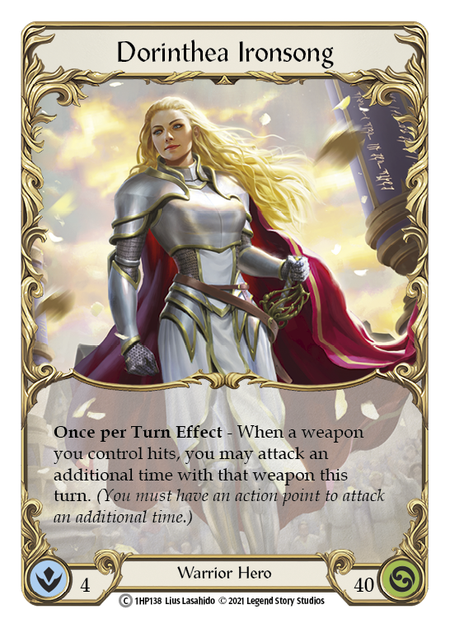
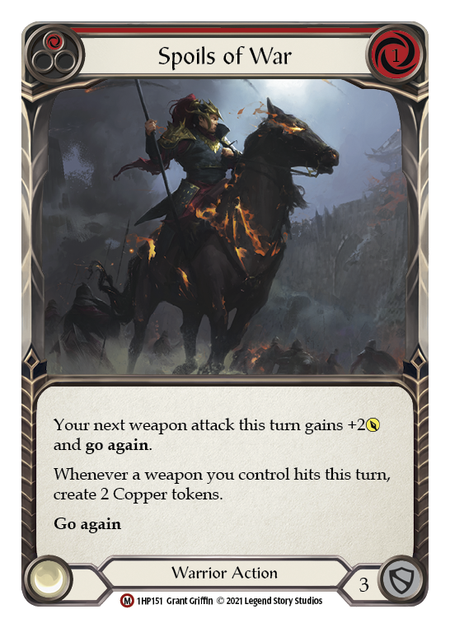
Other heroes were able to take advantage of Command and Conquer with synergies of their own. Ira, Crimson Haze was a powerhouse in the early Blitz meta, and one element that contributed to that was her ability to pitch a zero-cost blue in order to swing with a Harmonized Kodachi for one with go again, then follow up with a Command and Conquer for 7 thanks to her buff to the second attack each turn! This could be a very annoying threat, presenting eight damage and a relevant on-hit with only two cards – and going from strength 6 to strength 7 is quite a relevant breakpoint, especially for a card that can’t be defended against with defense reactions! (You can read about the power of breakpoints on my blog here.)

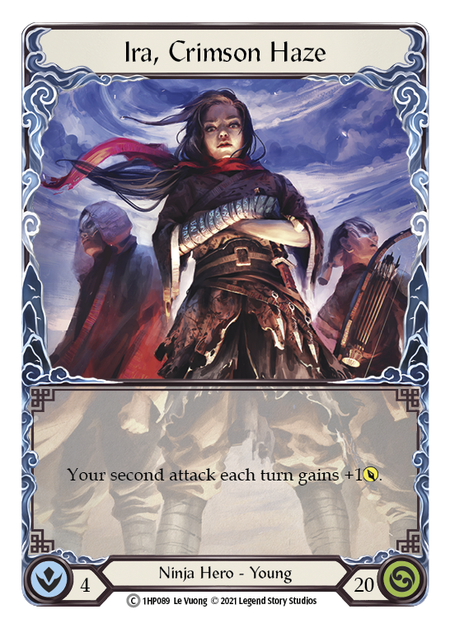
Even in more aggressive games, Command and Conquer could be relevant, as it almost guarantees that you’re going to get a card away from your opponent one way or another. Either they block, using one or more cards, or they let it hit and lose their arsenal card. There were some exceptions for heroes with lots of armor – Carrion Husk being an especially well-suited counter – but generally speaking C&C almost always got at least one card and frequently two, allowing you to slow down an opponent who was trying to go for a big turn.
These advantages made C&C a lasting powerhouse, making it the most valuable Majestic in the game for some time and making "3x Command and Conquer" a foregone inclusion in any competitive decklist.
The Fall
However, times have changed. With more and more ways around it coming with every release- and with Prism reaching Living Legend, greatly decreasing the need for “poppers” (cards with strength six or more that can be used to destroy phantasm attacks)- Command and Conquer is no longer what it used to be. So what went wrong?
Instants
The first flaw of Command and Conquer has to do with instants. While Command and Conquer’s ability can suppress defense reactions, it does not work on defensive instants. Therefore, cards like Steadfast or Oasis Respite can still be played against it – and if such a card is in arsenal, the opponent can play the instant to partially defend Command and Conquer and then no longer care about the on-hit effect. This means that even in the role where C&C is theoretically best - attacking someone who has put a defensive card in arsenal – new defensive options mean that it may not prove effective.
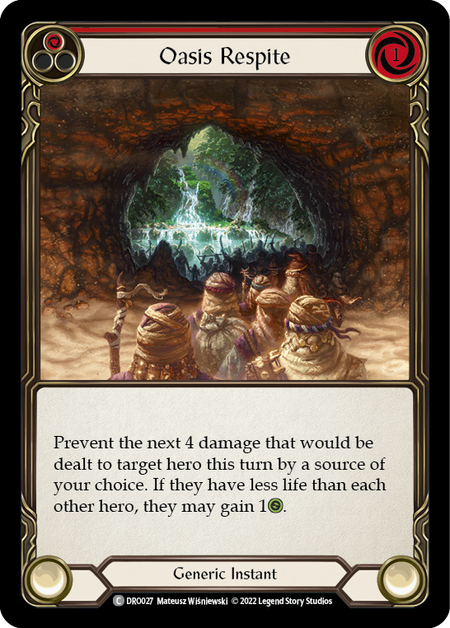

Of course, not all decks run these cards, and their inclusion probably wouldn’t be enough to stop C&C on its own. However, there’s another factor that I’ve found more salient as an issue – and that factor is crowns.
Crowns
When Command and Conquer was released, there were few ways to get cards out of arsenal in order to evade its effect – instants and Art of War being the only real options.
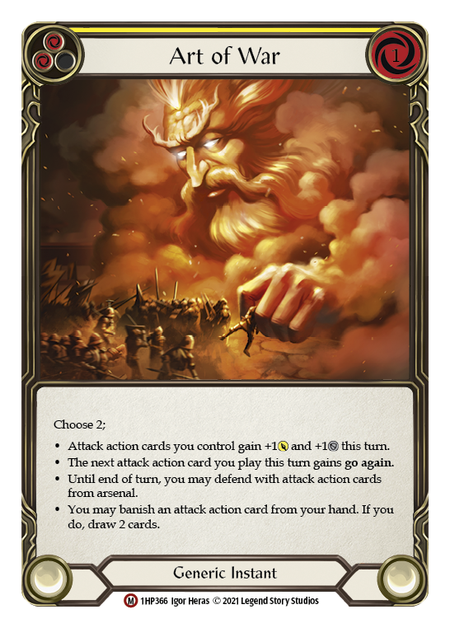
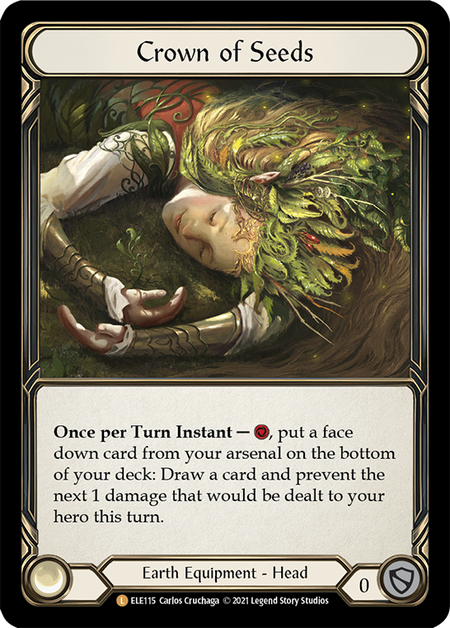
Since then, Crown of Seeds was released – a card that allows some builds to cycle their arsenal card for another card in hand and grants some defense as well. Against Crown of Seeds, Command and Conquer’s on-hit just isn’t really that relevant, as the defending player may well remove the arsenal card anyway.
However, only a few heroes can use Crown of Seeds, and it’s mostly only seen efficient play with Oldhim and Bravo, Star of the Show. Against those heroes, Command and Conquer was already proving a dubious choice.
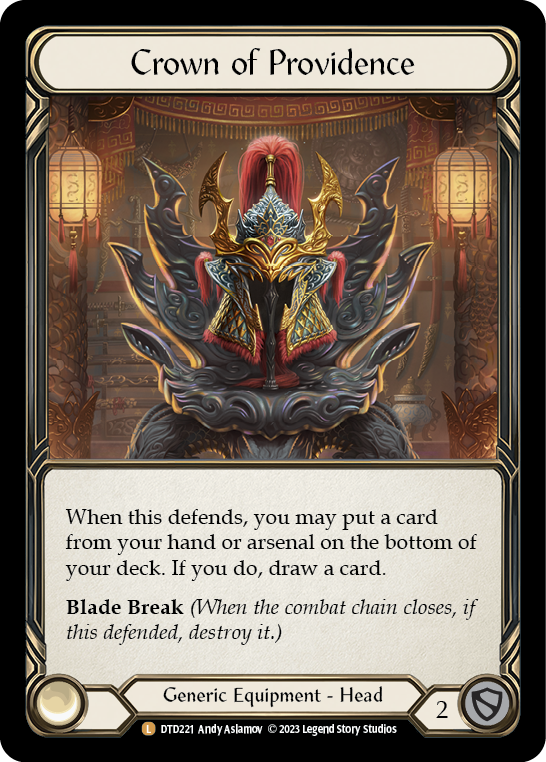
The recent Uprising set brought us a new Crown – one that broadened the access to this sort of effect to every hero in the game. Crown of Providence gives every hero in the game has access to an “arsenal cycle” effect. Further, the Crown is generally good enough that it has broadly replaced Arcanite Skullcap for many heroes.
As a result, the ubiquity of Command and Conquer has quite shifted – it’s gone from being a highly powerful on-hit effect to one that can easily be countered by a savvy opponent, at least the first time around. Even the old Command and Conquer + Pummel combo isn’t what it used to be – I’ve had several games where I’ve seen this coming, blocked with Crown only, and then come back with a powerful turn of my own despite my opponent’s Pummel.
As a result, I now tend to run Command and Conquer as a sideboard card that only makes it into the deck in a few situations:
- Games that I expect to go long (and that aren’t against Crown of Seeds), where a Crown of Providence can only be used once. This is especially relevant for heroes that otherwise pressure the opponent’s armor, like Dorinthea Ironsong.
- Games against Ranger and Ninja heroes. These heroes almost always use other helmets, and therefore don’t have a slot that can be allocated to Crown of Providence. As a result, they’re still vulnerable to Command and Conquer – and Ranger is especially vulnerable, given the class’s reliance on arsenal.
- Games against Illusionists, where Command and Conquer can act as a “popper” to break phantasm cards, which is useful even if the card’s text could be avoided by a crown or similar. (Yes, Prism hit Living Legend recently, but Dromai is still in the game.)
The Future
What does the future of the game hold for Command and Conquer? Even though its value has waned in the present environment, it still has a role to play- and it’s possible that role could become more pronounced. If Ninja and Ranger heroes become more prevalent in the meta, Crown will be less of a mitigating factor. Similarly, while the recent metagame has been very aggressive, if things change such that we see longer games in the future, the environment might look more favorable to the card.
Another relevant factor is simply what other helmets may be released in the future. The upcoming Dynasty set is said to bring flashy new equipment; perhaps other classes will join Ninja and Ranger in having other options that are likely preferable to Crown of Providence. If that happens, it could create a more favorable environment for Command and Conquer’s on-hit effect.
Command and Conquer may have gone from a top card to a somewhat more marginal choice, but it may not be done with yet – the core effect is very powerful, and we may well see a future metagame where that effect is more desirable. It's not hard to imagine C&C becoming a maindeck card for many builds once more.




